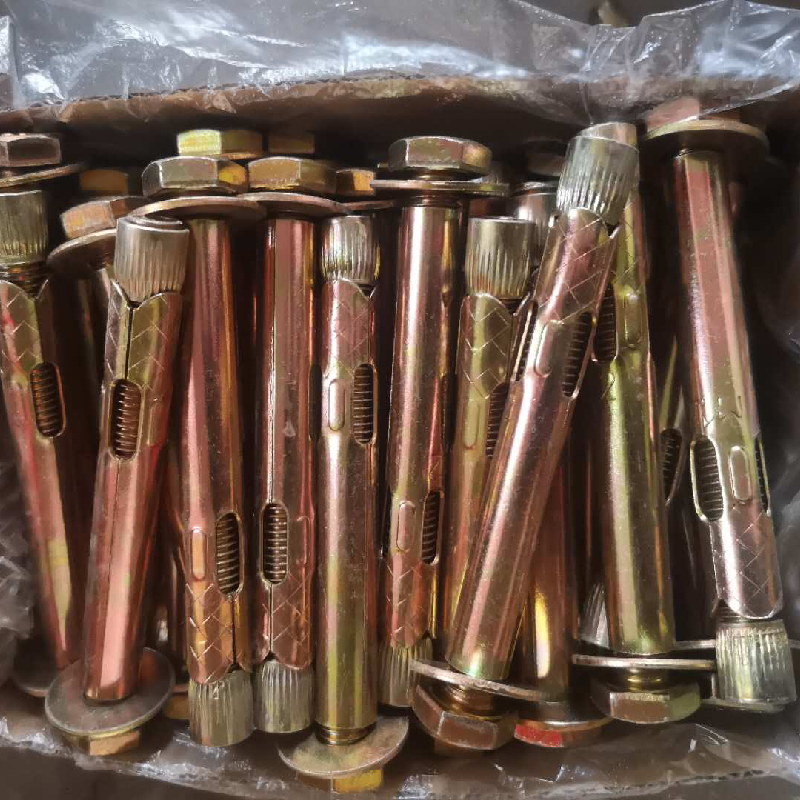Nov . 14, 2024 10:47 Back to list
chemical anchor bolt
The Role of Chemical Anchor Bolts in Construction
Chemical anchor bolts are crucial components in construction and engineering, widely used for securing structural elements to concrete and masonry surfaces. Unlike traditional mechanical anchors, which rely on expansion to grip the base material, chemical anchors employ a bonding agent, typically a two-component epoxy or polyester resin, to achieve a strong and durable hold. This innovation has revolutionized fastening techniques, providing enhanced performance under various conditions.
One of the key advantages of chemical anchor bolts is their superior load-bearing capacity. The adhesive used in chemical anchoring forms a robust bond with the base material, allowing the anchor to distribute loads more evenly. This feature is particularly beneficial in applications involving dynamic loads, such as seismic activity or fluctuating weight. The ability to withstand such forces makes chemical anchors an ideal choice for critical applications, including the attachment of machinery, bridges, and safety barriers.
In addition to their impressive strength, chemical anchors offer exceptional versatility. They can be used in various substrates, including cracked and uncracked concrete, brick, and even natural stone. This adaptability is particularly advantageous in renovation or retrofitting projects, where existing conditions may vary. Furthermore, chemical anchors can be installed at deeper embedment depths than mechanical anchors, allowing for greater flexibility in design and installation.
chemical anchor bolt

One notable feature of chemical anchor bolts is their resistance to environmental factors
. The embedded resin is typically formulated to withstand moisture, chemicals, and temperature fluctuations, making them suitable for use in harsh environments. This resilience ensures lasting performance and reduces the risk of failure, which can have serious safety implications.When it comes to installation, chemical anchor bolts present a straightforward process. The installation involves drilling a hole in the base material, cleaning out the dust and debris, and then injecting the resin into the hole before inserting the anchor. This method allows for precise placement and ensures that the bond fills all voids, resulting in a strong, secure attachment. Moreover, the curing time of the resin can vary, but most products set quickly, allowing projects to progress without extensive delays.
Despite their many advantages, there are considerations to be mindful of when using chemical anchor bolts. The temperature during installation can significantly affect curing times; lower temperatures may prolong this process. Additionally, the resin needs to be compatible with the substrate material and the environmental conditions it will face. It is also essential to follow manufacturer guidelines to achieve optimal performance.
In conclusion, chemical anchor bolts play a vital role in modern construction and engineering. Their strength, versatility, and durability make them a preferred choice for many applications, particularly in environments that demand high performance. As technologies advance, we can expect further innovations in chemical anchoring systems, ultimately contributing to safer and more reliable structures. Whether for new construction or renovations, incorporating chemical anchor bolts ensures a secure and enduring foundation, reflecting the ever-evolving nature of engineering practices in our built environment.


